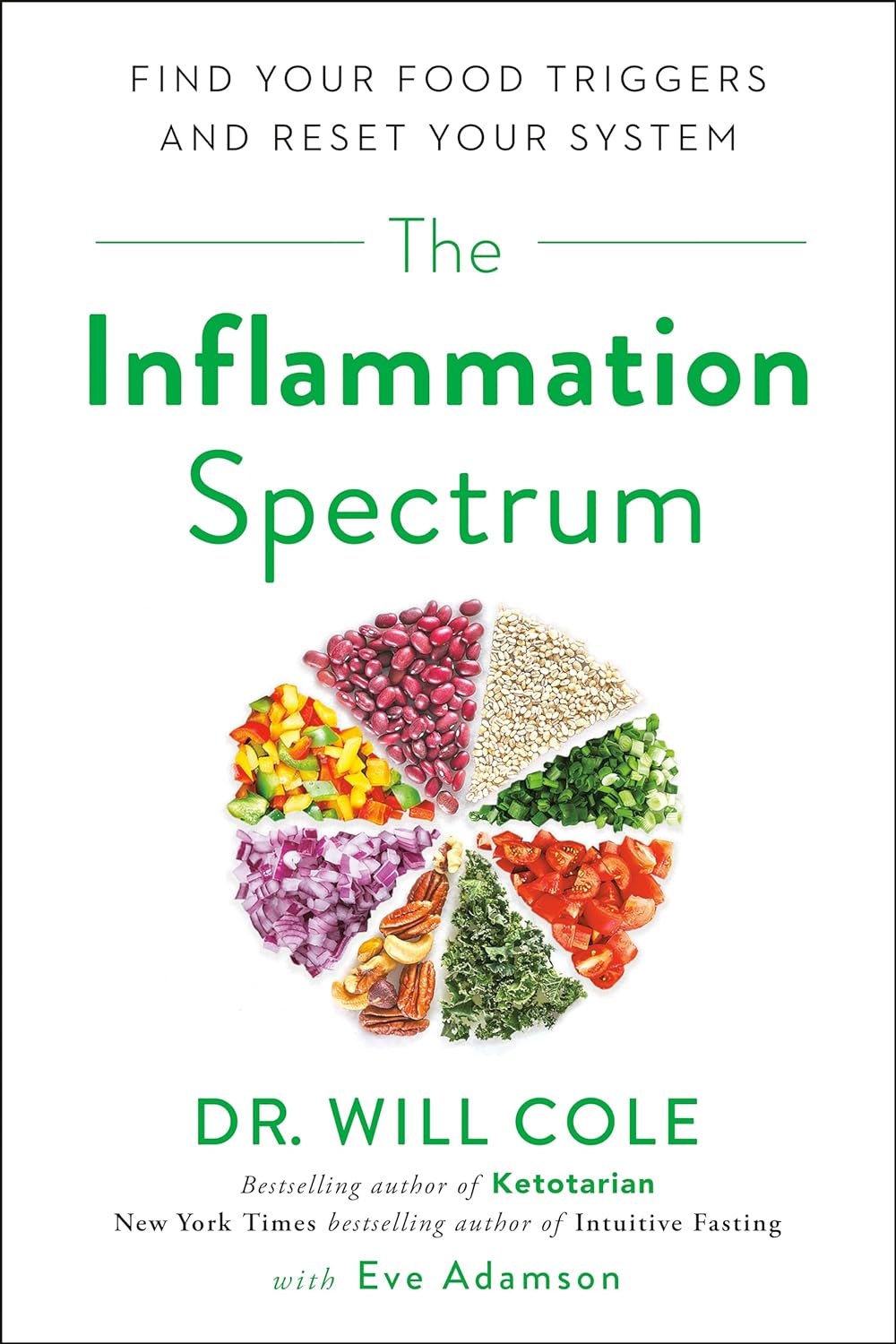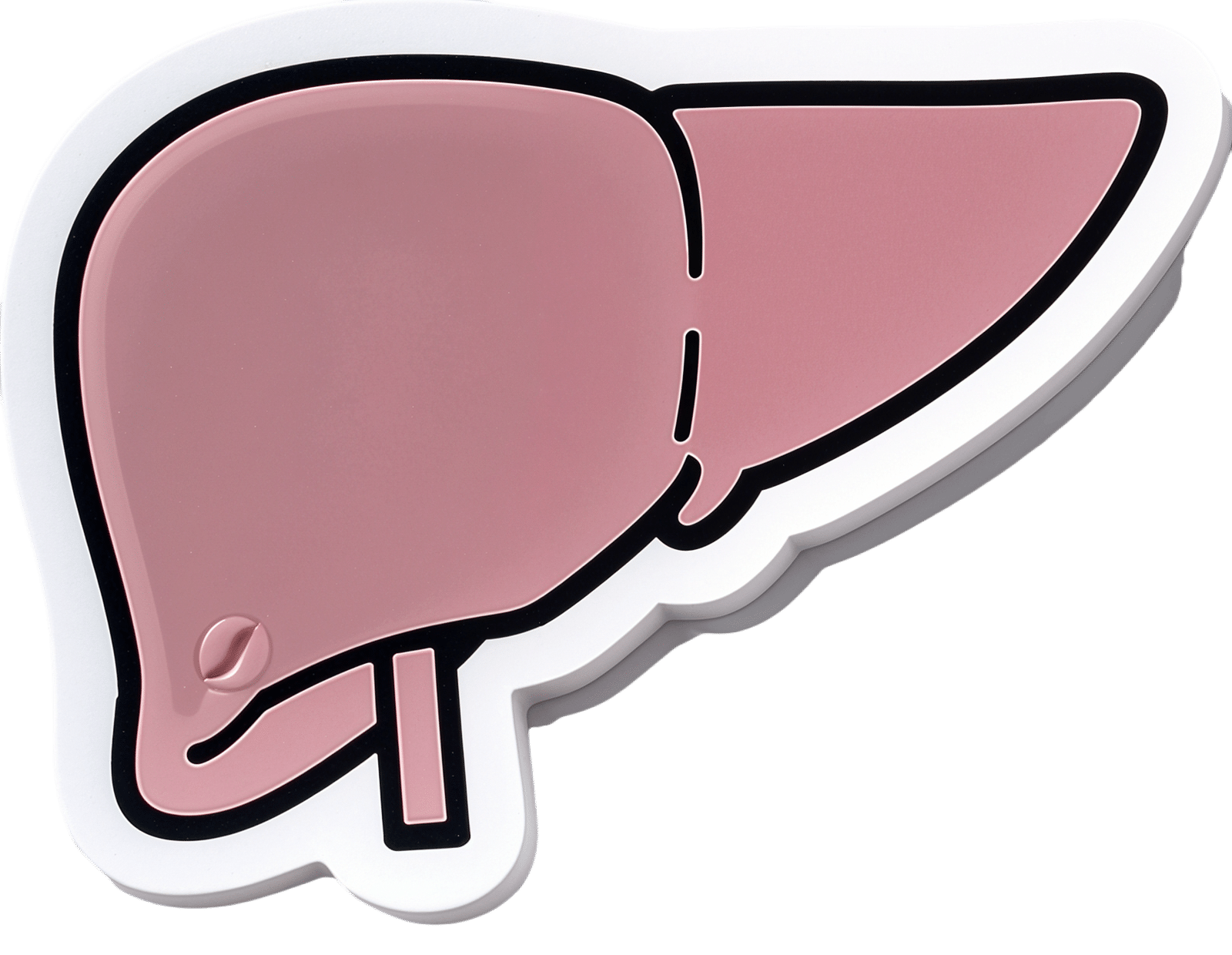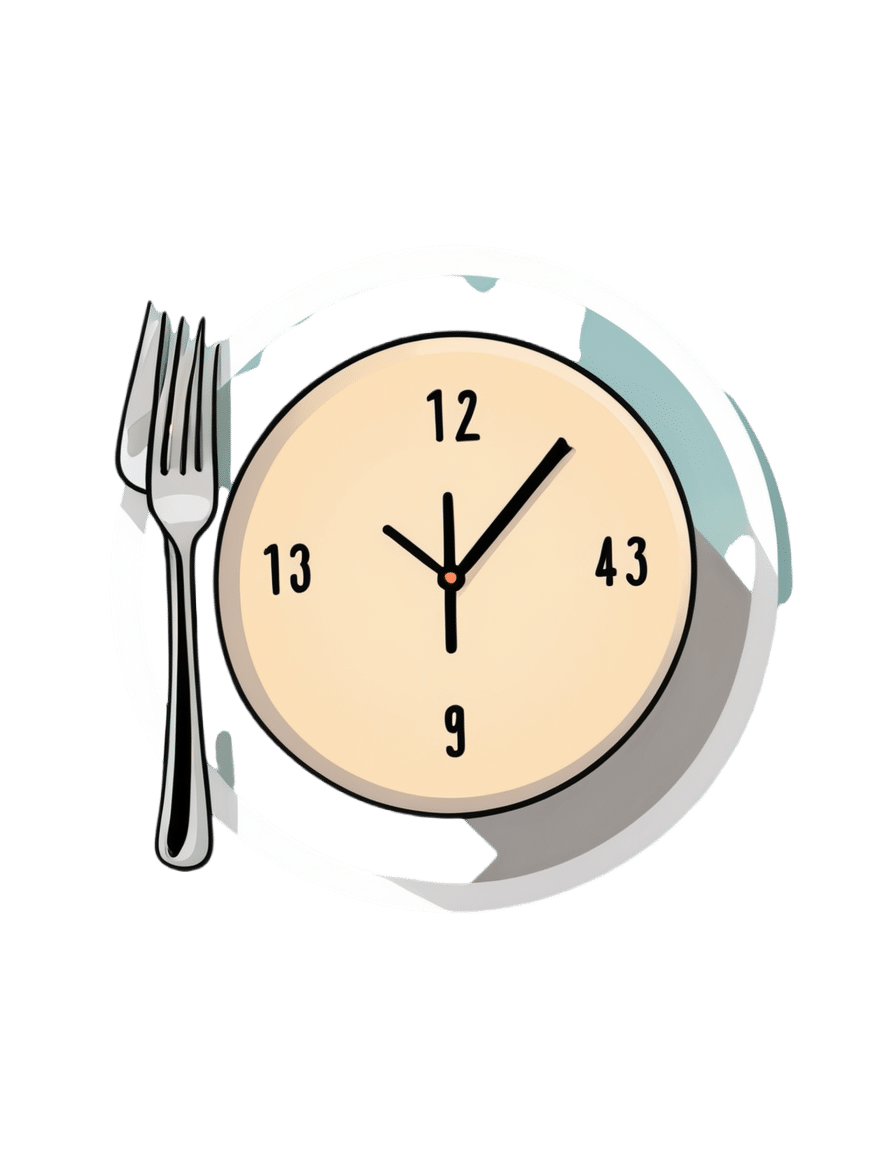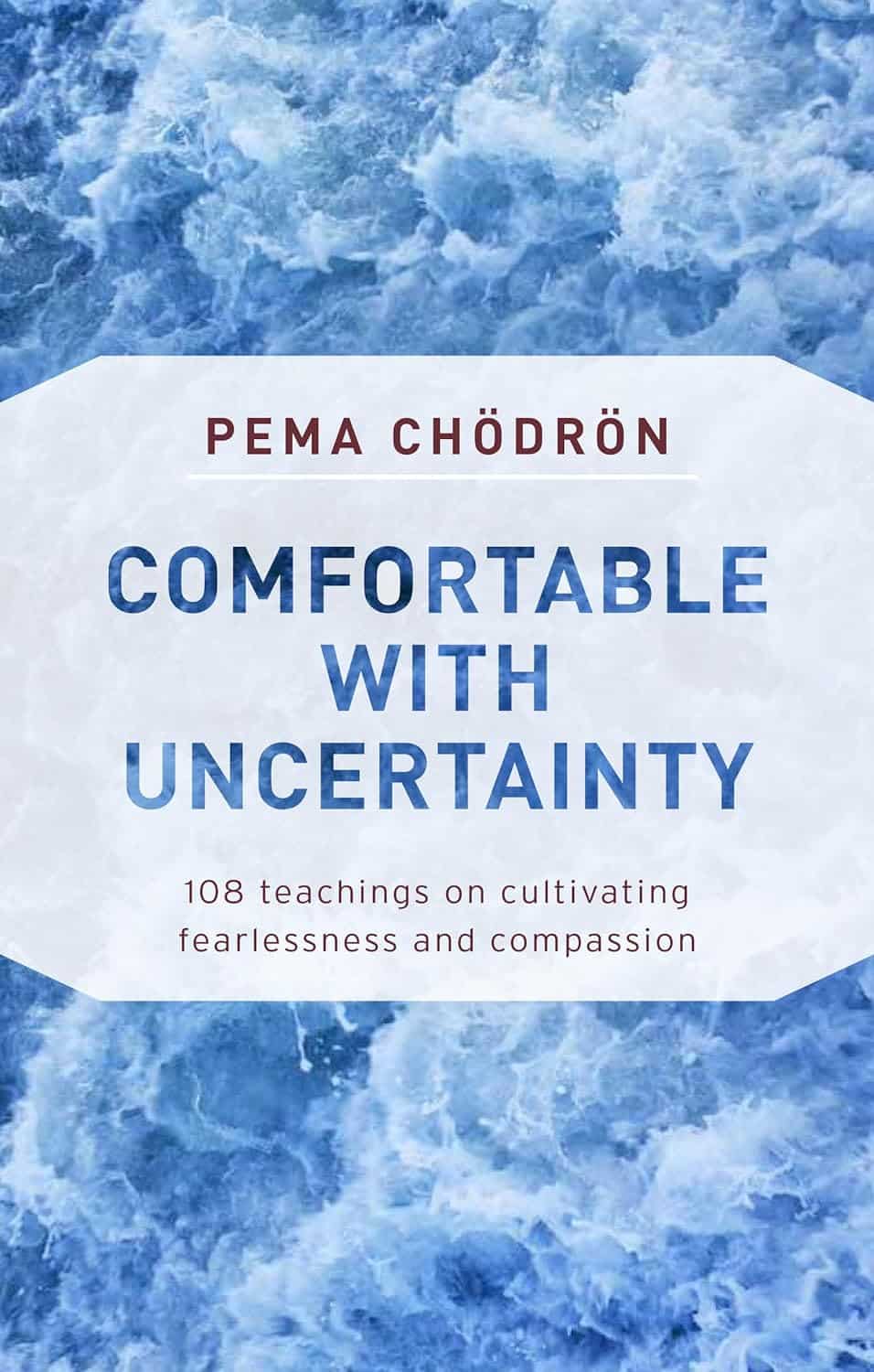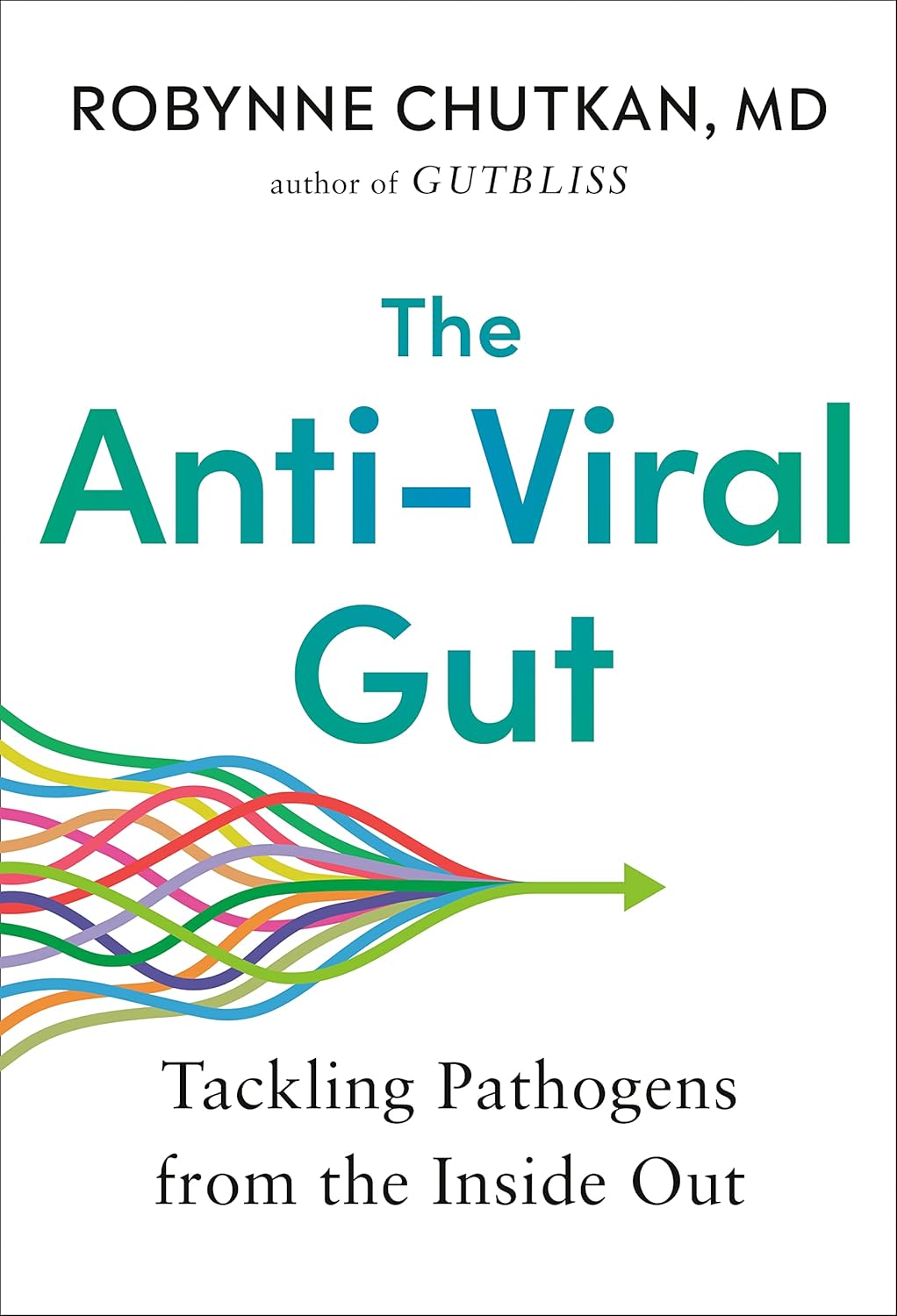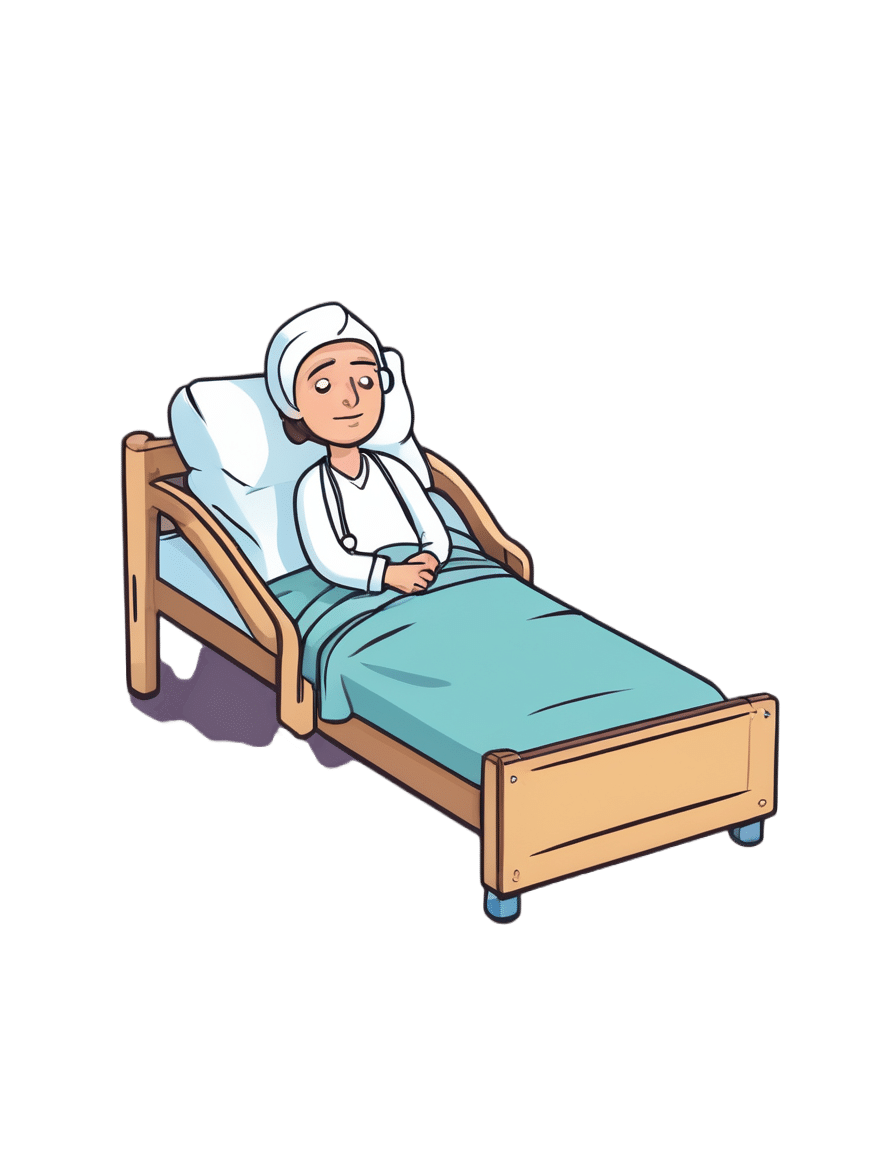
Long COVID is real—here’s how patients can get treatment and support
10almonds is reader-supported. We may, at no cost to you, receive a portion of sales if you purchase a product through a link in this article.
What you need to know
- There is still no single, FDA-approved treatment for long COVID, but doctors can help patients manage individual symptoms.
- Long COVID patients may be eligible for government benefits that can ease financial burdens.
- Getting reinfected with COVID-19 can worsen existing long COVID symptoms, but patients can take steps to stay protected.
On March 15—Long COVID Awareness Day—patients shared their stories and demanded more funding for long COVID research. Nearly one in five U.S. adults who contract COVID-19 suffer from long COVID, and up to 5.8 million children have the disease.
Anyone who contracts COVID-19 is at risk of developing long-term illness. Long COVID has been deemed by some a “mass-disabling event,” as its symptoms can significantly disrupt patients’ lives.
Fortunately, there’s hope. New treatment options are in development, and there are resources available that may ease the physical, mental, and financial burdens that long COVID patients face.
Read on to learn more about resources for long COVID patients and how you can support the long COVID patients in your life.
What is long COVID, and who is at risk?
Long COVID is a cluster of symptoms that can occur after a COVID-19 infection and last for weeks, months, or years, potentially affecting almost every organ. Symptoms range from mild to debilitating and may include fatigue, chest pain, brain fog, dizziness, abdominal pain, joint pain, and changes in taste or smell.
Anyone who gets infected with COVID-19 is at risk of developing long COVID, but some groups are at greater risk, including unvaccinated people, women, people over 40, and people who face health inequities.
What types of support are available for long COVID patients?
Currently, there is still no single, FDA-approved treatment for long COVID, but doctors can help patients manage individual symptoms. Some options for long COVID treatment include therapies to improve lung function and retrain your sense of smell, as well as medications for pain and blood pressure regulation. Staying up to date on COVID-19 vaccines may also improve symptoms and reduce inflammation.
Long COVID patients are eligible for disability benefits under the Americans with Disabilities Act. The Pandemic Legal Assistance Network provides pro bono support for long COVID patients applying for these benefits.
Long COVID patients may also be eligible for other forms of government assistance, such as Supplemental Nutrition Assistance Program (SNAP), Temporary Assistance for Needy Families (TANF), Medicaid, and rental and utility assistance programs.
How can friends and family of long COVID patients provide support?
Getting reinfected with COVID-19 can worsen existing long COVID symptoms. Wearing a high-quality, well-fitting mask will reduce your risk of contracting COVID-19 and spreading it to long COVID patients and others. At indoor gatherings, improving ventilation by opening doors and windows, using high-efficiency particulate air (HEPA) filters, and building your own Corsi-Rosenthal box can also reduce the spread of the COVID-19 virus.
Long COVID patients may also benefit from emotional and financial support as they manage symptoms, navigate barriers to treatment, and go through the months-long process of applying for and receiving disability benefits.
For more information, talk to your health care provider.
This article first appeared on Public Good News and is republished here under a Creative Commons license.
Don’t Forget…
Did you arrive here from our newsletter? Don’t forget to return to the email to continue learning!
Recommended
Learn to Age Gracefully
Join the 98k+ American women taking control of their health & aging with our 100% free (and fun!) daily emails:
-
An Important Way That Love Gets Eroded
10almonds is reader-supported. We may, at no cost to you, receive a portion of sales if you purchase a product through a link in this article.
It is unusual for a honeymoon period to last forever, but some relationships fair a lot better than others. Not just in terms of staying together vs separating, but in terms of happiness and satisfaction in the relationship. What’s the secret? There are many, but here’s one of them…
Communication
In this video, the case is made for a specific aspect of communication: airing grievances.
Superficially, this doesn’t seem like a recipe for happiness, but it is one important ingredient—that it’s dangerously easy to let small grievances add up and eat away at one’s love and patience, until one day resentment outweighs attachment, and at that point, it often becomes a case of “checking out before you leave”, remaining in the relationship more due to inertia than volition.
Which, in turn, will likely start to cause resentment on the other side, and eventually things will crumble and/or explode.
In contrast, if we make sure to speak our feelings clearly (10almonds note, not in the video: we think that doing so compassionately is also important), the bad as well as the good, then it means that:
- things don’t stack up and fester (there will less likely be a “final straw” if we are regularly removing straws)
- there is an opportunity for change (in contrast, our partner would be unlikely to adjust anything to correct a problem they don’t know about)
- all but the most inclined-to-anxiety partners can rest easy, because they know that if we had a problem, we’d tell them
This is definitely only one critical aspect of communication; this video for example says nothing about actually being affectionate with one’s partner, or making sure to accept emotional bids for connection (per that story that goes “I knew my marriage was over when he wouldn’t come look at the tomatoes I grew”), but it is one worth considering—even if we at 10almonds would advise being gentle yet honest, and where possible balancing, in aggregate if not in the moment, with positive things (per Gottman’s ratio of 5:1 good moments to bad, being the magic number for marriages that “work”).
For more on why it’s so important to be able to safely air grievances, see:
Click Here If The Embedded Video Doesn’t Load Automatically!
Want to learn more?
You might also like to read:
Seriously Useful Communication Skills! ← this deals with some of the important gaps left by the video
Take care!
Share This Post
-
The Inflammation Spectrum – by Dr. Will Cole
10almonds is reader-supported. We may, at no cost to you, receive a portion of sales if you purchase a product through a link in this article.
We’ve previously reviewed Dr. Cole’s other book “Gut Feelings”, and now he’s back, this time to tackle inflammation.
The focus here is on understanding what things trigger inflammation in your body—personally yours, not someone else’s—by something close to the usual elimination process yes, but he offers a way of sliding into it gently instead of simply quitting all the things and gradually adding everything back in.
The next step he takes the reader through is eating not just to avoid triggering inflammation, but to actively combat it. From there, it should be possible for the reader to build an anti-inflammatory cookbook, that’s not only one’s own personal repertoire of cooking, but also specifically tailored to one’s own personal responses to different ingredients.
The style of this book is very pop-science, helpful, walking-the-reader-by-the-hand through the processes involved. Dr. Cole wants to make everything as easy as possible.
Bottom line: if your diet could use an anti-inflammatory revamp, this is a top-tier guidebook for doing just that.
Click here to check out The Inflammation Spectrum, find your food triggers and reset your system!
Share This Post
-
How To Unfatty A Fatty Liver
10almonds is reader-supported. We may, at no cost to you, receive a portion of sales if you purchase a product through a link in this article.
How To Unfatty A Fatty Liver
In Greek mythology, Prometheus suffered the punishment of being chained to a rock, where he would have his liver eaten by an eagle, whereupon each day his liver would grow back, only to be eaten again the next day.
We mere humans who are not Greek gods might not be able to endure quite such punishment to our liver, but it is an incredibly resilient and self-regenerative organ.
In fact, provided at least 51% of the liver is still present and correct, the other 49% will regrow. Similarly, damage done (such as by trying to store too much fat there due to metabolic problems, as in alcoholic or non-alcoholic fatty liver disease) will reverse itself in time, given the chance.
The difference between us and Prometheus
In the myth, Prometheus had his liver regrow overnight every night. Ours don’t recover quite so quickly.
Indeed, the science has good and bad news for us:
❝Liver recolonization models have demonstrated that hepatocytes have an unlimited regenerative capacity. However, in normal liver, cell turnover is very slow.❞
~ Michalopoulos and Bhusan (2020)
Read more: Liver regeneration: biological and pathological mechanisms and implications
If it regenerates, why do people need transplants, and/or die of liver disease?
There are some diseases of the liver that inhibit its regenerative abilities, or (as in the case of cancer) abuse them to our detriment. However, in the case of fatty liver disease, the reason is usually simple:
If the lifestyle factors that caused the liver to become fatty are still there, then its regenerative abilities won’t be able to keep up with the damage that is still being done.
Can we speed it up at all?
Yes! The first and most important thing is to minimize how much ongoing harm you are still doing to it, though.
- If you drink alcohol, stop. According to the WHO, the only amount of alcohol that is safe for you is zero.
- You might like our previous article: How To Reduce Or Quit Alcohol
- Consider your medications, and find out which place a strain on the liver. Many medications are not optional; you’re taking them for an important reason, so don’t quit things without checking with your doctor. Medications that strain the liver include, but are by no means limited to:
- Many painkillers, including acetaminophen/paracetamol (e.g. Tylenol), and ibuprofen
- Some immunosuppresent drugs, including azathioprine
- Some epilepsy drugs, including phenytoin
- Some antibiotics, including amoxicillin
- Statins in general
Note: we are not pharmacists, nor doctors, let alone your doctors.
Check with yours about what is important for you to take, and what alternatives might be safe for you to consider.
Dietary considerations
While there are still things we don’t know about the cause(s) of non-alcoholic fatty liver disease, there is a very strong association with a diet that is:
- high in salt
- high in refined carbohydrates
- e.g. white flour and white flour products such as white bread and white pasta; also the other main refined carbohydrate: sugar
- high in red meat
- high in non-fermented dairy
- high in fried foods.
So, consider minimizing those, and instead getting plenty of fiber, and plenty of lean protein (not from red meat, but poultry and fish are fine iff not fried; beans and legumes are top-tier, though).
Also, hydrate. Most people are dehydrated most of the time, and that’s bad for all parts of the body, and the liver is no exception. It can’t regenerate if it’s running on empty!
Read more: Foods To Include (And Avoid) In A Healthy Liver Diet
How long will it take to heal?
In the case of alcoholic fatty liver disease, it should start healing a few days after stopping drinking. Then, how long it takes to fully recover depends on the extent of the damage; it could be weeks or months. In extreme cases, years, but that is rare. Usually if the damage is that severe, a transplant is needed.
In the case of non-alcoholic fatty liver disease, again it depends on the extent of the damage, but it is usually a quicker recovery than the alcoholic kind—especially if eating a Mediterranean diet.
Read more: How Long Does It Take For Your Liver To Repair Itself?
Take good care of yourself!
Share This Post
- If you drink alcohol, stop. According to the WHO, the only amount of alcohol that is safe for you is zero.
Related Posts
-
Intermittent Fasting In Women
10almonds is reader-supported. We may, at no cost to you, receive a portion of sales if you purchase a product through a link in this article.
It’s Q&A Day at 10almonds!
Have a question or a request? We love to hear from you!
In cases where we’ve already covered something, we might link to what we wrote before, but will always be happy to revisit any of our topics again in the future too—there’s always more to say!
As ever: if the question/request can be answered briefly, we’ll do it here in our Q&A Thursday edition. If not, we’ll make a main feature of it shortly afterwards!
So, no question/request too big or small
❝Does intermittent fasting differ for women, and if so, how?❞
For the sake of layout, we’ve put a shortened version of this question here, but the actual wording was as below, and merits sharing in full for context
Went down a rabbit hole on your site and now can’t remember how I got to the “Fasting Without Crashing” article on intermittent fasting so responding to this email lol, but was curious what you find/know about fasting for women specifically? It’s tough for me to sift through and find legitimate studies done on the results of fasting in women, knowing that our bodies are significantly different from men. This came up when discussing with my sister about how I’ve been enjoying fasting 1-2 days/week. She said she wanted more reliable sources of info that that’s good, since she’s read more about how temporary starvation can lead to long-term weight gain due to our bodies feeling the need to store fat. I’ve also read about that, but also that fasting enables more focused autophagy in our bodies, which helps with long-term staving off of diseases/ailments. Curious to know what you all think!
~ 10almonds subscriber
So, first of all, great question! Thanks for asking it
Next up, isn’t it strange? Books come in the format:
- [title]
- [title, for women]
You would not think women are a little over half of the world’s population!
Anyway, there has been some research done on the difference of intermittent fasting in women, but not much.
For example, here’s a study that looked at 1–2 days/week IF, in other words, exactly what you’ve been doing. And, they did have an equal number of men and women in the study… And then didn’t write down whether this made a difference or not! They recorded a lot of data, but neglected to note down who got what per sex:
Here’s a more helpful study, that looked at just women, and concluded:
❝In conclusion, intermittent fasting could be a nutritional strategy to decrease fat mass and increase jumping performance.
However, longer duration programs would be necessary to determine whether other parameters of muscle performance could be positively affected by IF. ❞
~ Dr. Martínez-Rodríguez et al.
Those were “active women”; another study looked at just women who were overweight or obese (we realize that “active women” and “obese or overweight women” is a Venn diagram with some overlap, but still, the different focus is interesting), and concluded:
❝IER is as effective as CER with regard to weight loss, insulin sensitivity and other health biomarkers, and may be offered as an alternative equivalent to CER for weight loss and reducing disease risk.❞
As for your sister’s specific concern about yo-yoing, we couldn’t find studies for this yet, but anecdotally and based on books on Intermittent Fasting, this is not usually an issue people find with IF. This is assumed to be for exactly the reason you mention, the increased cellular apoptosis and autophagy—increasing cellular turnover is very much the opposite of storing fat!
You might, by the way, like Dr. Mindy Pelz’s “Fast Like A Girl”, which we reviewed previously
Take care!
Don’t Forget…
Did you arrive here from our newsletter? Don’t forget to return to the email to continue learning!
Learn to Age Gracefully
Join the 98k+ American women taking control of their health & aging with our 100% free (and fun!) daily emails:
-
Comfortable with Uncertainty – by Pema Chödrön
10almonds is reader-supported. We may, at no cost to you, receive a portion of sales if you purchase a product through a link in this article.
This book is exactly what the subtitle claims it to be: 108 teachings on cultivating fearlessness and compassion. They are short extracts, entire of themselves, taken from Chödrön’s wider work and arranged to offer her insights and advices on this one topic, in one place.
It is worth noting, by the way, that the author is a Buddhist nun, and as such, the principles and practices are Buddhist in origin. If that’s a problem for you, then this book will not be for you. It does not, however, require that the reader be Buddhist to benefit, simply that one has a will to be calm in the face of chaos, and yet not indifferent—rather, to take on the challenges of life with a whole heart.
And about that compassion? This is about alleviating suffering; your own, and the suffering in the world as a whole, increasingly uncertain as this world is. And being brave enough to do that, in a world that is not always gentle.
The style is idiosyncratic, and you will likely love it or hate it. If you love it, then you will find this book at once both soothing and empowering; if not, you will put the book down and pick up a book on CBT or something instead.
Bottom line: this book absolutely does deliver on its title/subtitle promises—provided you, dear reader, internalize it and practise it.
Click here to check out Comfortable with Uncertainty, and get comfortable with uncertainty!
Don’t Forget…
Did you arrive here from our newsletter? Don’t forget to return to the email to continue learning!
Learn to Age Gracefully
Join the 98k+ American women taking control of their health & aging with our 100% free (and fun!) daily emails:
-
The Anti-Viral Gut – by Dr. Robynne Chutkan
10almonds is reader-supported. We may, at no cost to you, receive a portion of sales if you purchase a product through a link in this article.
Some people get a virus and feel terrible for a few days; other people get the same virus and die. Then there are some who never even get it at all despite being in close proximity with the other two. So, what’s the difference?
Dr. Robynne Chutkan outlines the case for the difference not being in the virus, but in the people. And nor is it a matter of mysterious fate, but rather, a matter of the different levels of defenses (or lack thereof) that we each have.
The key, she explains, is in our microbiome, and the specific steps to make sure that ours is optimized and ready to protect us. The book goes beyond “eat prebiotics and probiotics”, though, and goes through other modifiable factors, based on data from this pandemic and the last one a hundred years ago. We also learn about the many different kinds of bacteria that live in our various body parts (internal and external), because as it turns out, our gut microbiome (however important; hence the title) isn’t the only relevant microbiome when it comes to whether or not a given disease will take hold or be eaten alive on the way in.
The style is very polished—Dr. Chutkan is an excellent educator who makes her points clearly and comprehensibly without skimping on scientific detail.
Bottom line: if you’d like your chances of surviving any given virus season to not be left to chance, then this is a must-read book.
Click here to check out The Anti-Viral Gut, and make your body a fortress!
Don’t Forget…
Did you arrive here from our newsletter? Don’t forget to return to the email to continue learning!
Learn to Age Gracefully
Join the 98k+ American women taking control of their health & aging with our 100% free (and fun!) daily emails:




